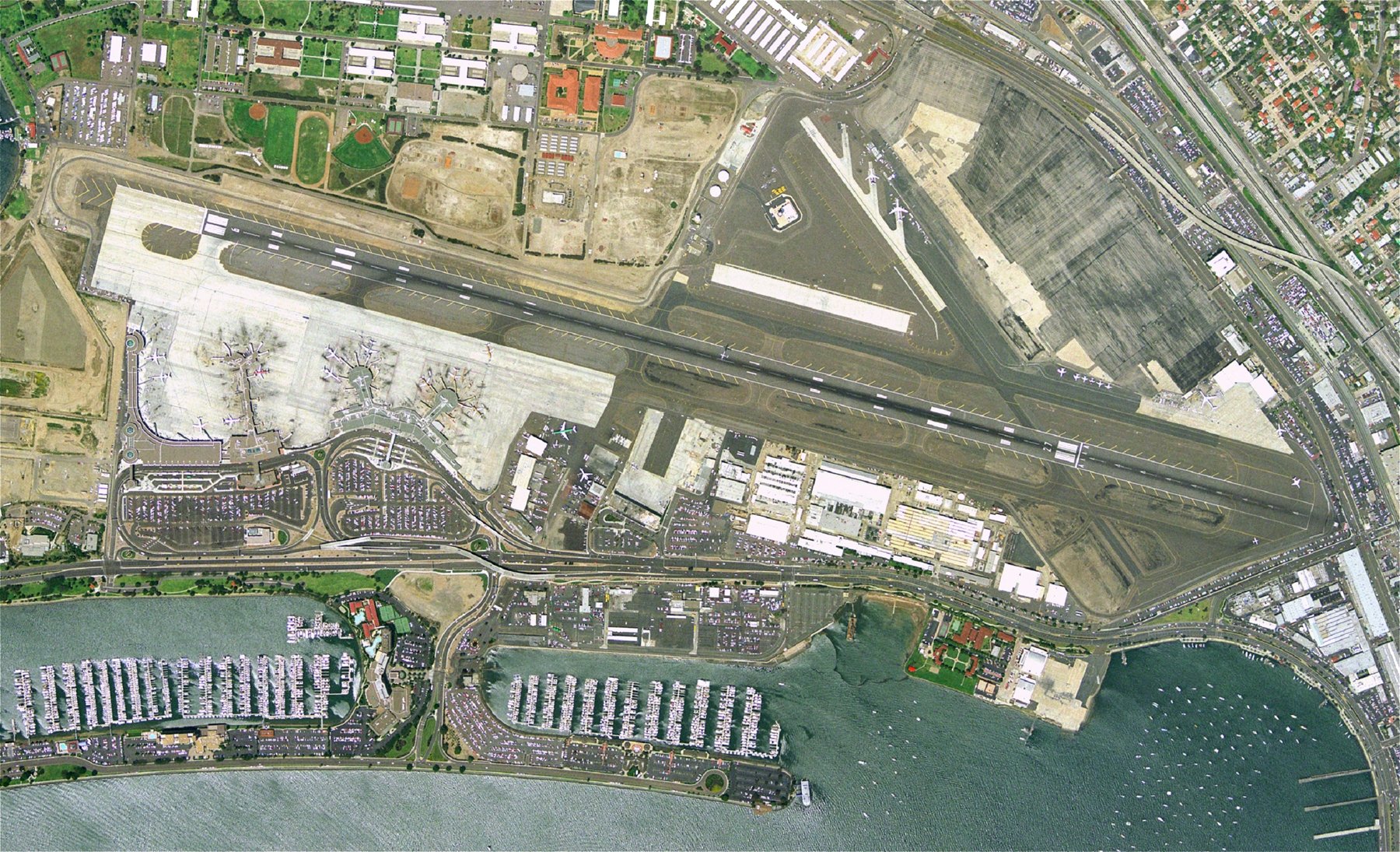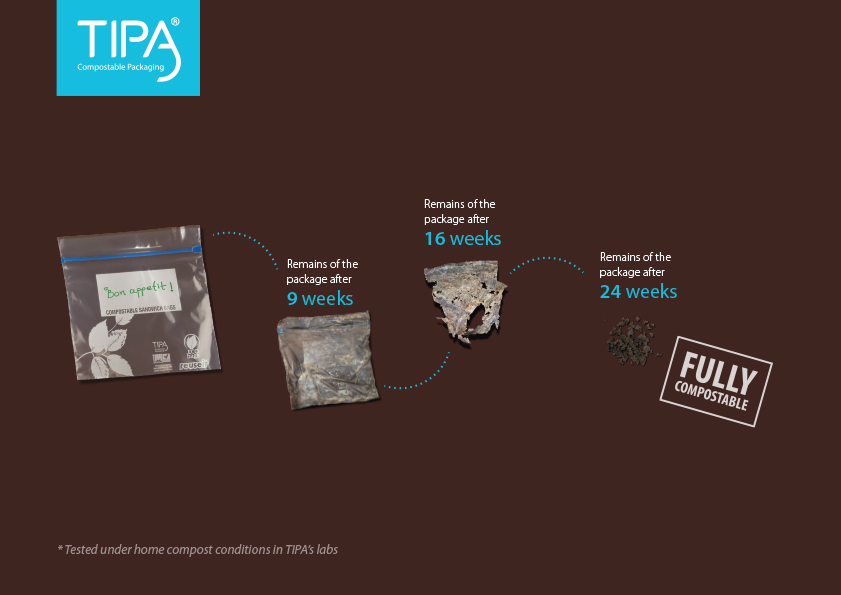Clermont-Ferrand Auvergne Airport Obtains ACA Level 2 Certification under ACI’s Carbon Emissions Reduction Program
Clermont-Ferrand Auvergne Airport has obtained ACA (Airport Carbon Accreditation) level 2 accreditation from the ACI (Airports Council International), the only program with an international dimension to reduce greenhouse gas emissions specific to airports. The airport thus confirms its long-term commitment to the fight against climate change.
Clermont-Ferrand Auvergne Airport has been committed since 2015 to the ACA program, Airport Carbon Accreditation, an international and voluntary program to reduce airport greenhouse gas emissions. This certification marks a new stage in the platform’s long-term commitment to environmental responsibility, under the ambition of VINCI Airports, the leading airport operator, to develop an integrated environmental policy throughout its worldwide network.

Level 2 of the ACA program, entitled “Reduction”, requires the development of a carbon management plan with an emissions reduction target. The airport must demonstrate that it has reduced its Scopes 1 and 2 carbon emissions, i.e. emissions that are under the direct control of the airport, from a three-year rolling average of emissions.
The initiatives that have led to the achievement of level 2 are the rationalization of electricity consumption (monitoring of consumption, replacement of lighting with LEDs, etc.) and the phasing out of old vehicles, replaced by electric vehicles. They have enabled a reduction in GHG emissions of 7.8% between the 2020 reporting and the average of the 2017, 2018 and 2019 reportings.
This new level of certification is a recognition of the relevance of VINCI Airports’ global environmental policy, applied to all the airports in its network. Reaching level 2 attests to the actions implemented by Clermont-Ferrand airport to manage and reduce CO2 emissions, and is a reward for a collective effort to achieve this. The airport continues its efforts to achieve level 3 (“Optimization”), which requires broadening the scope of action to include the airport’s partners in the effort to reduce carbon emissions (scope 3).
This article was originally published by VINCI Airports.












